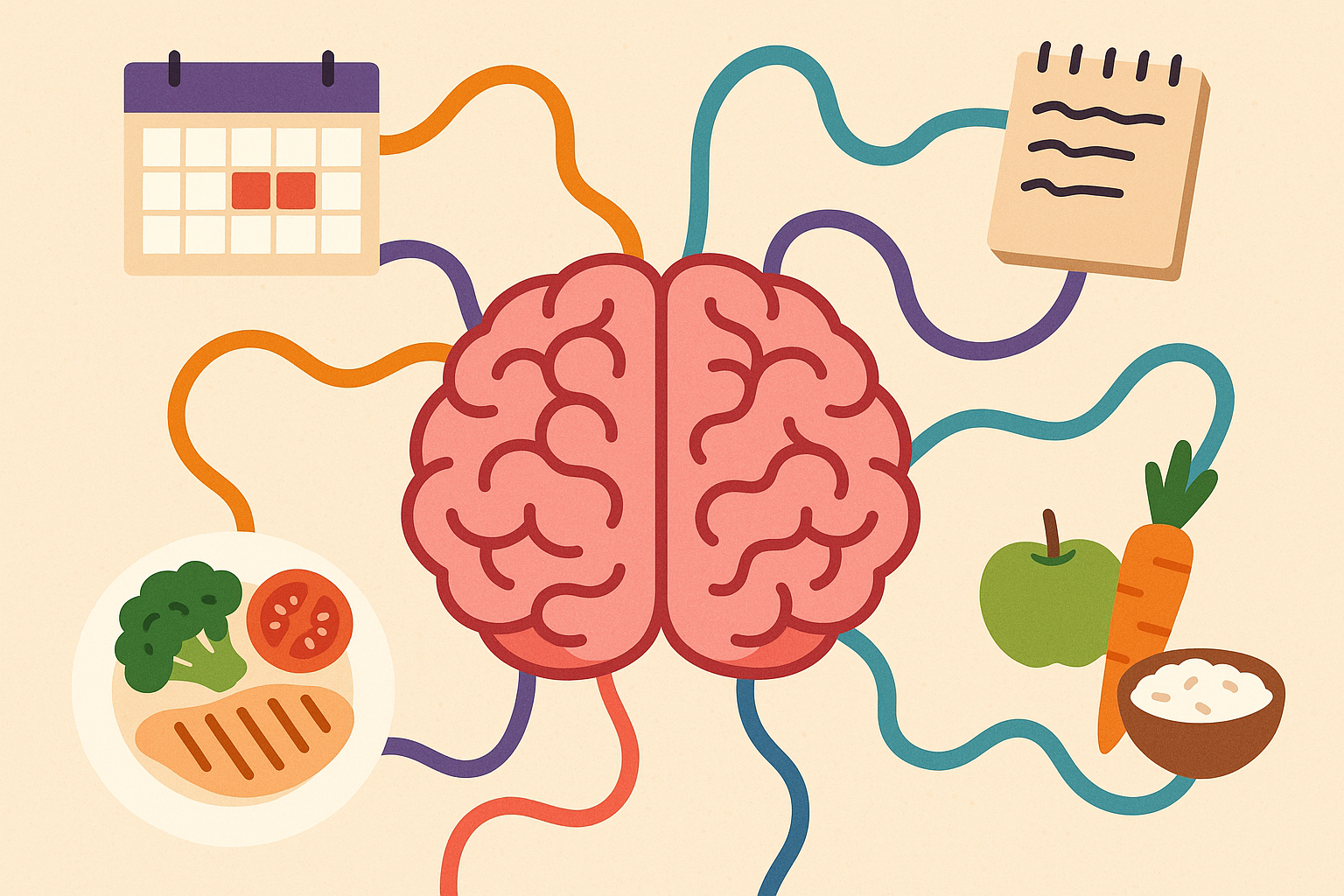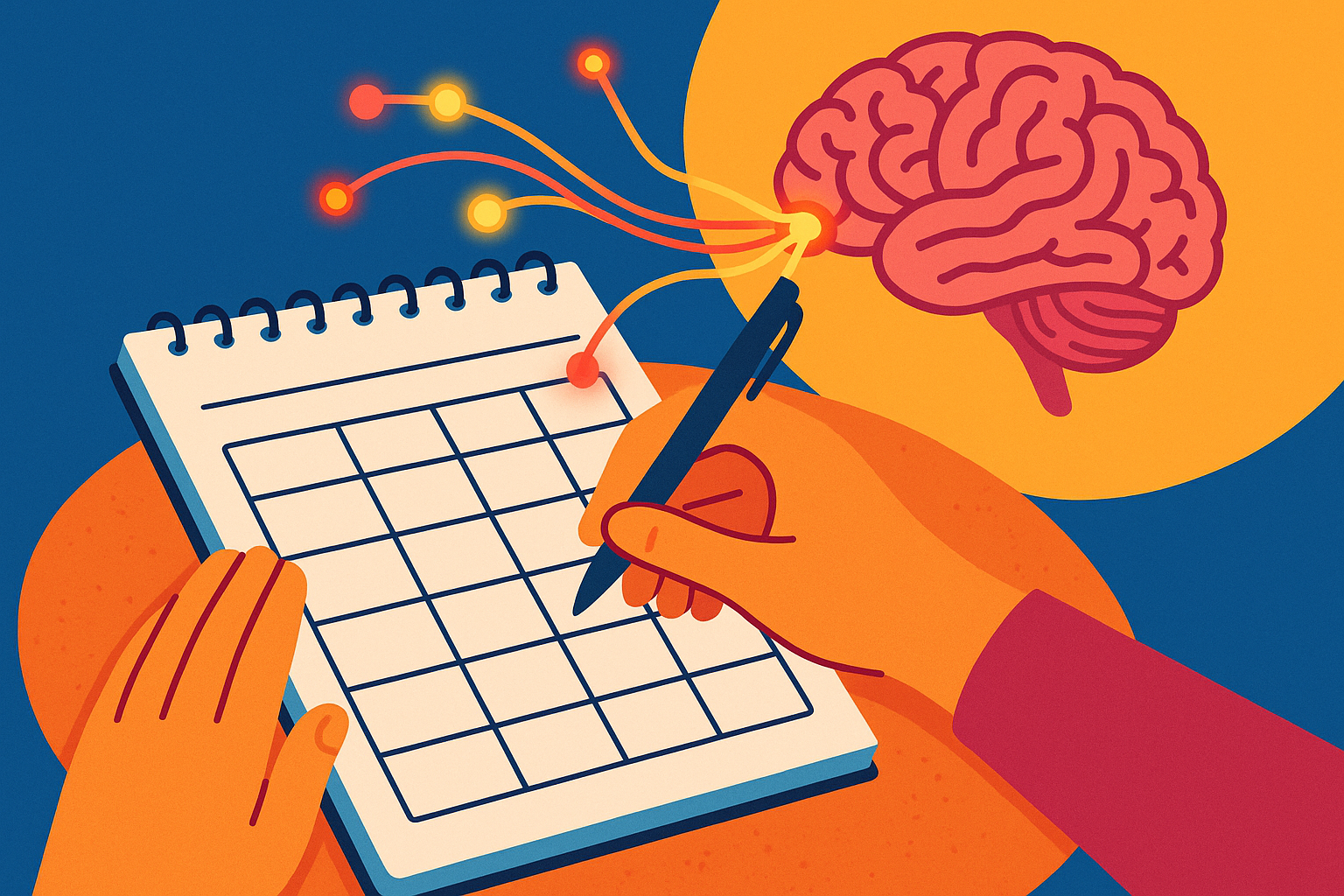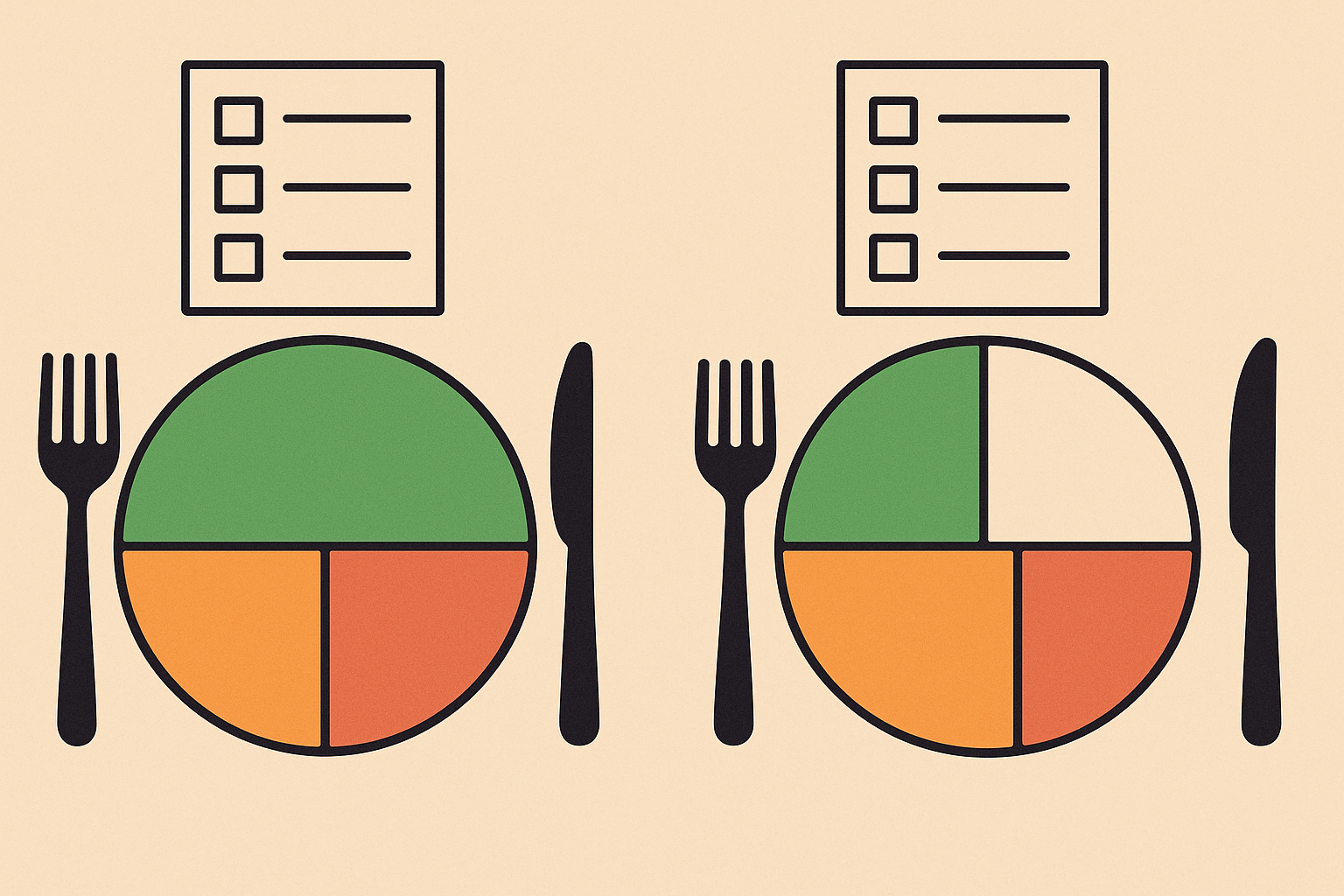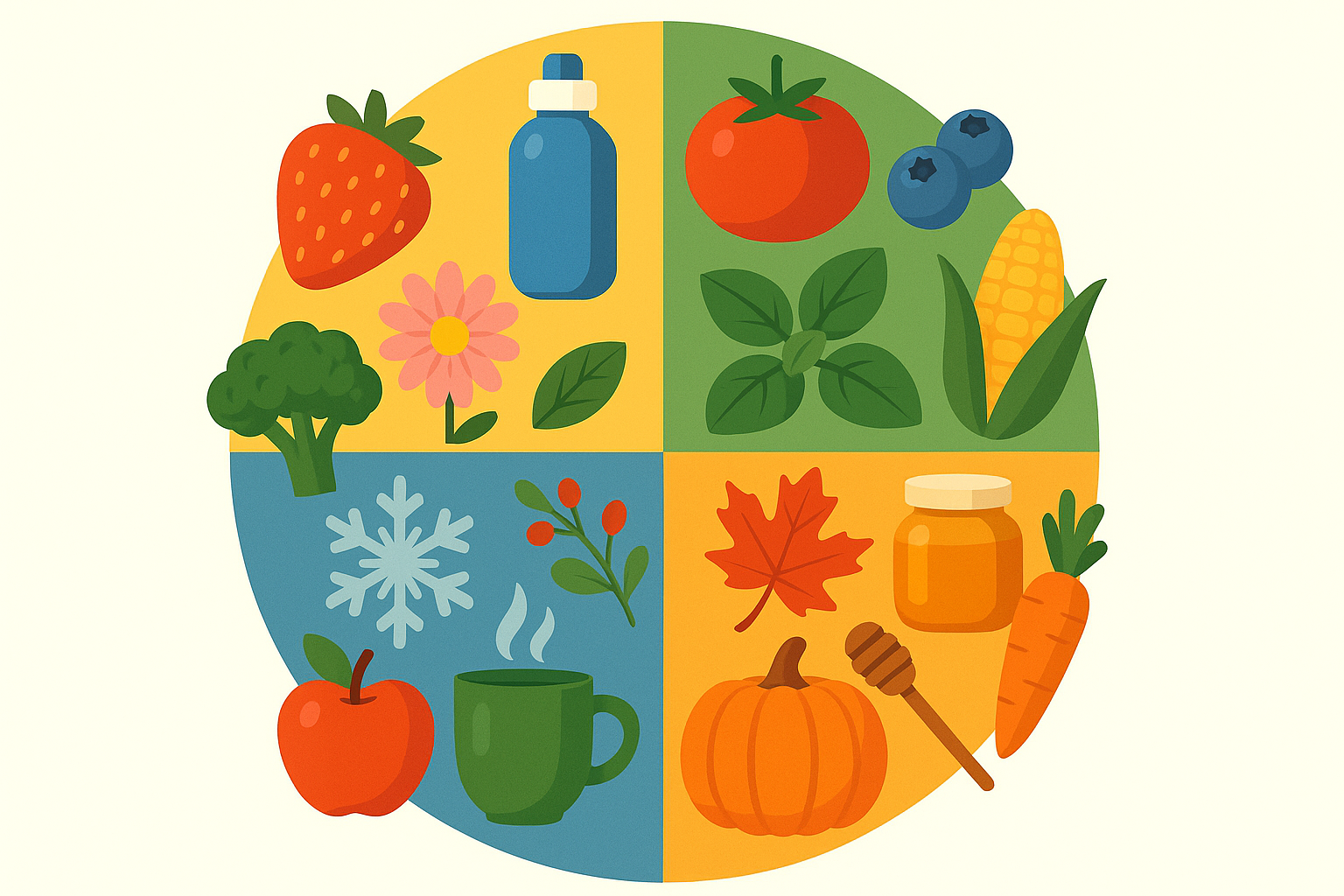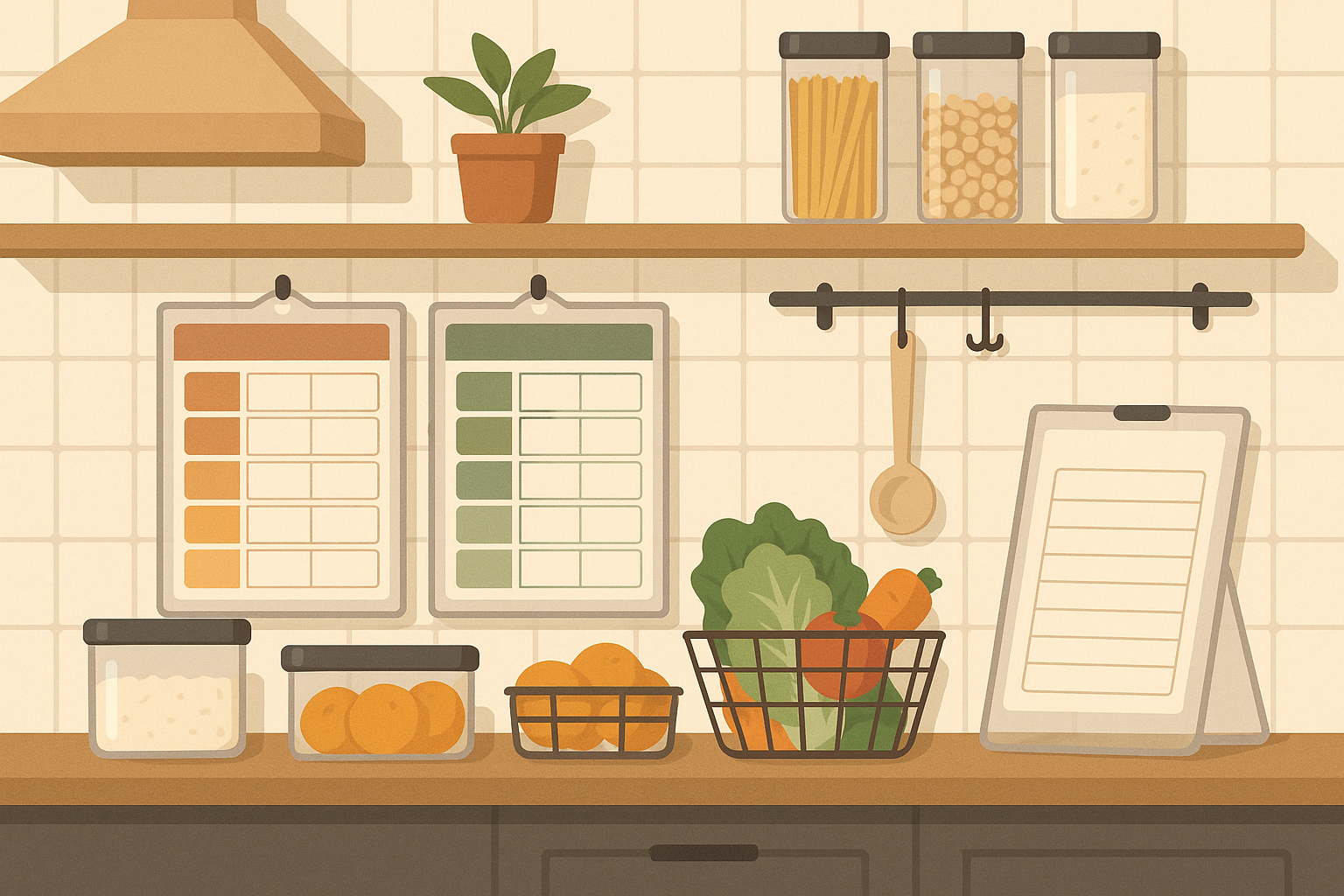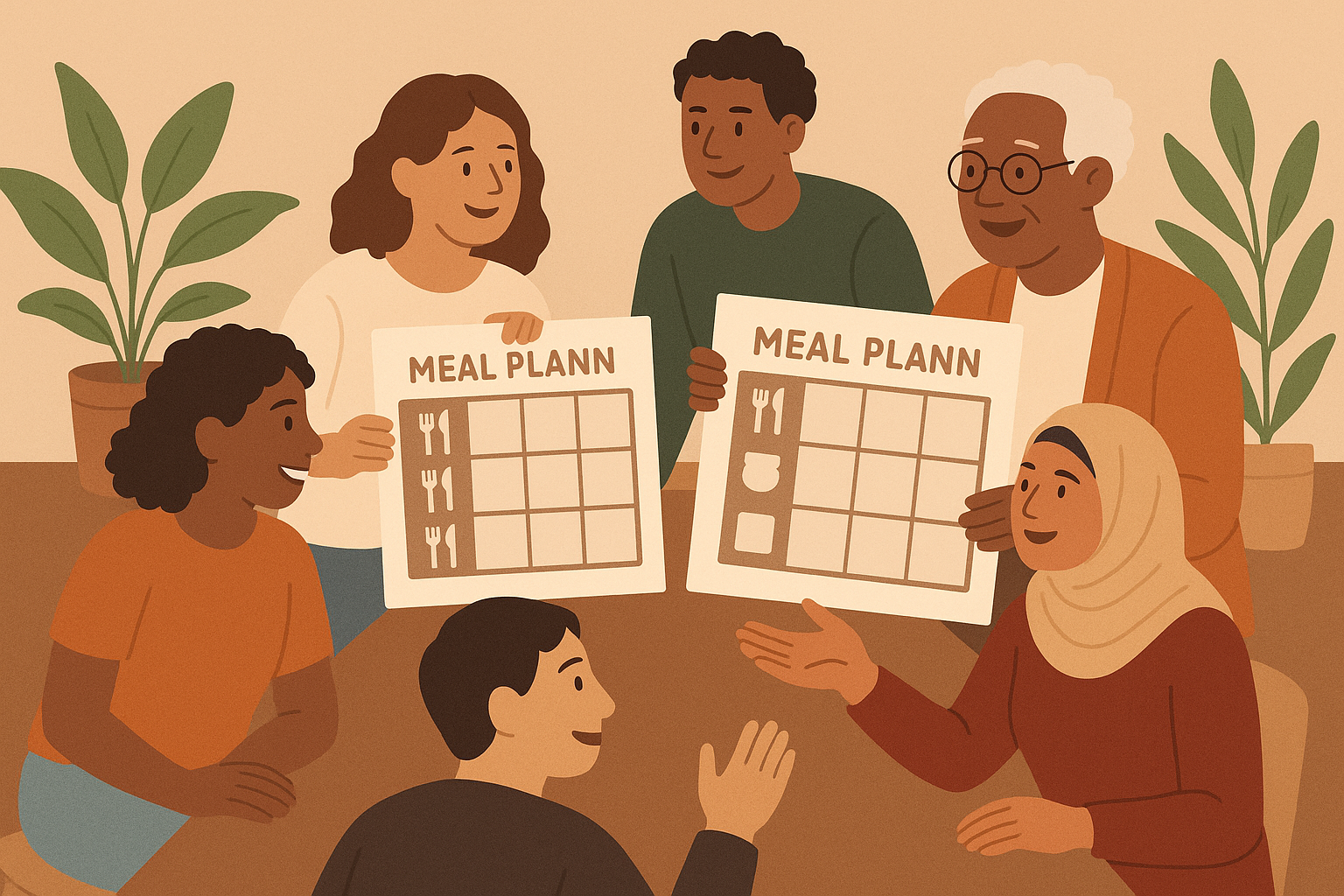Meal Plan Template Printable: The Hidden Psychology That Makes Some Work While Others Fail
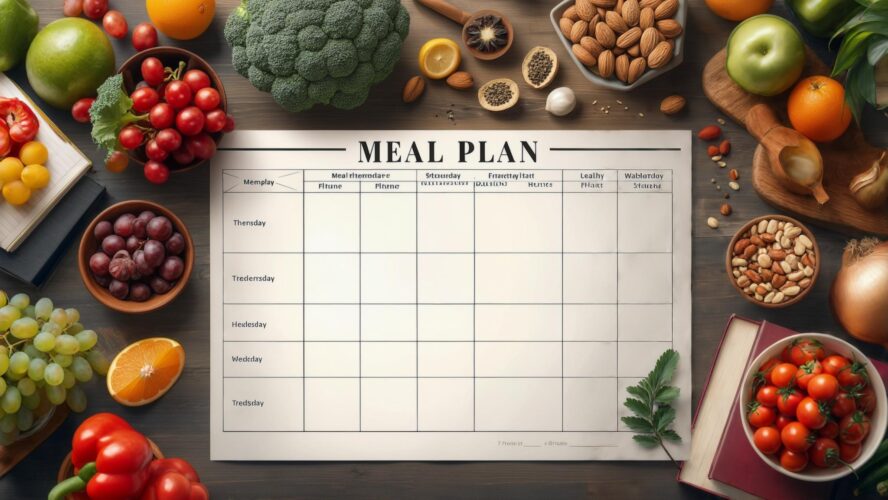
Look, I’ll be honest – I used to be terrible at meal planning. I’d get all excited, print out these gorgeous templates, fill them out once, and then… nothing. They’d end up buried under a pile of mail on my kitchen counter, silently judging me every time I ordered takeout instead.
For the longest time, I thought I just lacked willpower. Turns out, I was fighting against how my brain actually works. Research reveals a more complex reality than simple organization issues. According to studies on meal planning effectiveness, meal planning templates can simplify your life, keep you organized and save you money when they align with your brain’s natural processing patterns.
The real issue? Most templates are designed like they belong in a research lab instead of your messy, real-life kitchen. Understanding the psychology behind why some templates work while others become expensive coasters is the key to actually sticking with your meal planning.
Table of Contents
- Why Your Brain Sabotages Most Meal Planning Attempts
- The Secret Visual Tricks That Actually Change Your Food Choices
- How Family Dynamics Secretly Control Your Template Success
- Why Handwriting Beats Digital (And It’s Not What You Think)
- The Wellness Integration Most Templates Miss Completely
- Template Format Secrets That Determine Long-Term Success
TL;DR
- Your brain processes handwritten meal plans differently than digital ones, creating stronger memory and commitment
- Color choices and visual layout unconsciously influence your food decisions and shopping habits
- Most templates fail because they assume one person does all the planning (spoiler: that leads to burnout)
- Physical templates engage your memory in ways digital versions can’t replicate
- Successful meal planning means planning for your actual energy levels and moods, not your ideal ones
- Template durability and format choices make the difference between systems you’ll use and ones that end up in the junk drawer
Why Your Brain Sabotages Most Meal Planning Attempts
I’ve watched countless people start meal planning with genuine enthusiasm, only to abandon their beautiful templates within weeks. The problem isn’t laziness or poor organization—it’s that most templates fight against how your brain actually wants to process information.
Your brain is pretty picky about how it likes to see meal information laid out. When templates don’t match what feels natural to you, it’s like trying to write with your non-dominant hand – technically possible, but exhausting. That’s why you might start strong but give up after a week or two.
I’ve seen this happen repeatedly: someone downloads a gorgeous meal planner template, fills it out once or twice, then gradually stops using it because it feels like work instead of help. The template wasn’t bad – it just wasn’t working with their brain’s natural decision-making process.
Why Your Brain Loves Handwritten Plans (It’s Not What You Think)
Here’s something that completely changed my meal planning game: when you write meal plans by hand versus typing them, completely different parts of your brain light up. Recent research published in The International Journal of Behavioral Nutrition and Physical Activity demonstrates the measurable benefits of structured meal planning. “A research study published in The International Journal of Behavioral Nutrition and Physical Activity shows that meal planning has a host of benefits” according to Develop Good Habits, including encouraging preparation and consumption of healthier meals, improving health markers, and helping people stay on track with fitness goals.
When you physically write down “Tuesday: chicken stir-fry,” you’re not just making a note – you’re programming your brain to notice stir-fry ingredients when you’re at the store. It’s like your brain suddenly has a radar for bell peppers and snow peas.
I noticed this with my own planning. When I used apps, I’d walk through the grocery store completely blank, even with my phone list right there. But when I handwrote my plans? I’d actually remember what I was supposed to cook that night.
How to Make This Work for You
The physical act of writing engages what researchers call your reticular activating system—basically, the part of your brain that determines what gets your attention. For those managing specific dietary needs, understanding how carb tolerance affects your meal planning can significantly improve the effectiveness of your weekly meal planner approach.
Here’s what actually works:
- Give yourself enough space to write comfortably (cramped writing doesn’t create the same brain connection)
- Use the same pen each time – your brain likes consistency
- Write your plans at the same time each week (Sunday mornings work great for most people)
- Keep your finished plan somewhere you’ll see it daily
The Color Trick That Actually Changes What You Eat
This one sounds a little woo-woo, but stick with me. The colors you use in your meal planning actually influence what you want to eat, without you even realizing it.
I started color-coding my meal plans almost by accident – I had different colored pens lying around. But I noticed I was naturally reaching for more vegetables when I highlighted them in green, and I felt more motivated to cook when proteins were in warm colors like orange or red.
Your brain processes color information before conscious thought kicks in, making this one of the most powerful (and underused) tools in meal planning. Here’s what I’ve found works best:
| Color | What Your Brain Thinks | Best Use | Foods to Highlight |
|---|---|---|---|
| Green | “Fresh and healthy” | Vegetable sections | Leafy greens, herbs, fresh produce |
| Orange/Red | “Time to cook and eat!” | Protein sections | Meats, beans, nuts |
| Blue | “Eh, not hungry” | Use sparingly | Water tracking only |
| Earth Tones | “Comfort food time” | Grains and starches | Rice, bread, potatoes |
| Yellow | “Pay attention!” | Planning headers | Daily goals, reminders |
You don’t need to go crazy with this, but try highlighting different food groups in different colors and see what happens.
Why Less Space Actually Helps You Plan Better
I used to think bigger meal planning templates were better – more room for details, right? Wrong.
Those huge templates with endless space actually make planning harder because you get overwhelmed by all the possibilities. It’s like standing in front of Netflix for 20 minutes trying to pick something to watch.
Templates with limited space force you to focus on what really matters. You can’t overthink it – you just write down the essentials and move on. Plus, you’re less likely to over-plan and then feel guilty when you don’t make that elaborate Wednesday dinner you mapped out in detail.
Constraints actually reduce decision fatigue and help you make better food choices because you’re forced to think carefully about what deserves space on your plan.
How Visual Layout Secretly Controls Your Food Choices
Ever notice how grocery stores put the produce section right at the entrance? That’s not an accident. Where things are positioned influences what you pay attention to and what you choose.
The same thing happens with your meal planning template. The layout is quietly nudging your food decisions in ways you probably don’t even notice.
The First Meal Sets the Tone for Everything
Whatever meal you plan first becomes your reference point for the rest of the week. If you start by planning a heavy, processed meal, your brain unconsciously matches everything else to that level.
But if you start with something fresh and nourishing? The rest of your week tends to follow suit.
I learned this the hard way when I kept starting my meal plans with “Sunday: leftover pizza.” Somehow, the whole week ended up feeling pretty unhealthy. Now I always start with Sunday dinner – something I actually want to cook – and it sets a much better tone.
Templates that position this first meal strategically (like highlighting Sunday dinner or starting with breakfast) can dramatically improve your overall nutrition quality without you even realizing it’s happening. This psychological anchoring effect becomes even more powerful when combined with understanding intuitive eating principles that help your meal planner template work with your natural hunger cues.
Why Bigger Sections Change What You Eat
Your brain is simple in some ways. It sees a big section and thinks “this must be important.” Small section? “Eh, not so much.”
So if vegetables get a tiny corner of your template while processed foods get huge spaces, guess what you’ll end up eating more of?
I’ve seen people completely transform their eating habits just by switching to templates that give vegetables the prime real estate. No dieting, no restrictions – just visual emphasis that naturally guides better choices.
The Progressive Planning Trick That Prevents Giving Up
Templates that require you to build your plan step by step – starting broad and getting more specific – tap into something called the consistency principle. Basically, each step increases your psychological investment in actually following through.
This creates momentum that carries through to actual meal preparation and reduces the likelihood of abandoning your planned meals for takeout. The steps that work best:
- Start with broad meal categories (breakfast, lunch, dinner)
- Add protein source specifications
- Include specific vegetable varieties
- Detail preparation methods and timing
The Secret Visual Tricks That Actually Change Your Food Choices
Here’s where things get really interesting. Meal planning templates aren’t just organizational tools – they’re quietly shaping family dynamics, and most of the time, not in a good way.
Most templates unconsciously assume a single planner (usually mom) who manages all meal decisions, shopping, and preparation. This assumption creates several problems: it reinforces unequal domestic labor, leads to planner burnout, and ignores the reality that successful meal planning often requires input from multiple people.
Understanding these patterns helps you choose templates that actually work for your real family instead of some Pinterest-perfect version that doesn’t exist.
Why the “One Person Plans Everything” Model Fails
I’ve watched so many well-intentioned people burn out on meal planning because they tried to be the family food manager for everyone. Even if you love cooking, being solely responsible for everyone’s nutrition is exhausting.
The families I know who actually stick with meal planning? They share the load somehow. Maybe different people plan different days, or one person plans but others cook, or everyone contributes meal ideas.
How to Actually Share the Mental Load
Standard templates assume one person has the time, energy, and desire to plan every meal for the entire household. This creates an unsustainable burden that leads to planning abandonment within a few weeks.
Alternative approaches that actually work:
- Let each family member pick one meal per week
- Create role-rotation sections where different people plan different days
- Include delegation columns that specify who’s responsible for each meal’s prep
- Add appreciation spaces for acknowledging meal contributions (this reinforces positive participation)
- Design templates that accommodate different planning styles and preferences
When Standard Templates Don’t Fit Your Reality
Most templates assume a nuclear family with similar tastes and schedules. But what if you’re dealing with:
- Teenagers who eat at different times than adults
- Grandparents who need softer foods
- Family members with allergies or dietary restrictions
- People who work different shifts
Standard templates often make these families feel like failures when really, they just need different tools.
Templates designed for nuclear families often fail completely in multi-generational households where different age groups have vastly different dietary needs, food preferences, and eating schedules. I’ve worked with families who gave up on meal planning entirely because they couldn’t find templates that accommodated their multi-generational reality.
The Budget Reality Nobody Mentions
Free printable meal planner templates are amazing for accessibility, but they often lack the sophisticated design elements that make planning truly effective long-term. This creates a frustrating paradox: the people who most need effective meal planning tools (those managing tight budgets) often get the least effective versions.
Understanding this tension helps you identify which features are essential versus luxury additions, and how to modify free templates for better functionality.
Why Your Location Matters More Than Your Preferences
Effective meal planning templates must adapt to local food systems, seasonal availability, and regional cooking traditions. Generic templates often fail because they ignore these crucial contextual factors.
A template designed for year-round California produce availability will frustrate someone in Minnesota during winter, and templates that don’t account for regional food costs create unrealistic meal plans.
Making Templates Work With Your Local Reality
Templates that incorporate local growing seasons and regional food traditions create more sustainable and affordable meal plans. When your meal planner aligns with what’s actually available and affordable in your area, you’re much more likely to stick with your plans.
Understanding seasonal eating patterns becomes easier when you learn how to cook fresh seasonal vegetables that appear frequently in your weekly meal planner.
What actually works:
- Research your area’s growing calendar and create seasonal template variations
- Include sections specifically for local farmer’s market planning
- Add preservation and storage planning for seasonal abundance
- Create backup plans for when local favorites aren’t available
How Climate Shoul d Influence Your Template Choice**
Your geographical climate should significantly influence template design. Your body naturally craves different foods in different seasons and climates, and fighting these instincts makes meal planning feel like constant struggle.
I’ve noticed that people in hot climates who use templates emphasizing heavy, warming foods often abandon their plans during summer months, while those in cold climates struggle with templates focused on raw, cooling preparations during winter.
How Family Dynamics Secretly Control Your Template Success
The future of effective meal planning lies in creating systems that leverage the unique benefits of both physical and digital formats. This isn’t about choosing between handwritten and digital – it’s about understanding what each does best and using them strategically.
Research on meal planning effectiveness shows significant benefits when structured approaches are used. According to meal planning studies, “research supports the idea that maintaining a food journal can lead to healthier eating habits. Keeping track of what you eat not only raises awareness of your food choices but also encourages you to consume more fruits, vegetables, and healthier protein sources” while reducing intake of processed foods.
Why Your Brain Still Needs Physical Templates
Physical meal planning templates engage different brain processes than digital versions, creating unique benefits that can’t be replicated on screens. These aren’t just nostalgic preferences—they’re measurable differences that impact memory formation, decision-making, and follow-through.
Sarah, a busy working mother I know, tried digital meal planning apps for months but kept reverting to takeout. When she switched to a handwritten weekly meal planner posted on her refrigerator, her meal plan adherence increased from 30% to 85%. The physical presence of her handwritten plans created constant visual reminders that her phone app couldn’t replicate.
The Memory Advantage You Didn’t Know You Had
Physical templates create spatial relationships that enhance memory formation in ways digital planning can’t match. Your brain remembers not just what you planned, but where you wrote it on the page, creating stronger recall during shopping and cooking.
This is one of your brain’s most powerful tools, but it only activates with physical materials that have consistent spatial relationships.
What works best:
- Use consistent template layouts to build familiarity over time
- Create physical filing systems that reinforce memory patterns
- Use the same planning location each week to strengthen environmental cues
- Keep completed templates in the same kitchen location for easy reference
How Handwriting Creates Better Food Decisions
The slower pace of handwriting meal plans naturally creates more thoughtful consideration of food choices, leading to better nutrition decisions and reduced impulse eating. Digital planning often becomes rapid list-making that bypasses the reflective thinking that leads to better food choices.
When you slow down to write by hand, you’re forced to actually consider whether each planned meal aligns with your health goals and family preferences. I’ve noticed that people using handwritten templates make significantly different food choices than those using digital versions—they tend to plan more home-cooked meals and fewer convenience options.
The Smart Way to Use Both Digital and Physical
The most effective meal planning systems use digital tools to enhance rather than replace physical templates. This isn’t about choosing one format—it’s about using each for what it does best.
Bridge strategies that actually work:
- Photograph completed templates for digital backup and sharing
- Use voice-to-text to quickly digitize shopping lists from handwritten plans
- Create QR codes linking to frequently used recipes (attach to templates)
- Maintain digital archives of successful meal plans for future reference and seasonal rotation
Why Templates Should Grow With You
The next evolution in meal planning involves templates that adapt to your changing needs rather than forcing you into a one-size-fits-all approach. This moves beyond static designs to create truly functional planning tools that evolve with your family situation and growing planning skills.
Why Modular Systems Beat Static Designs
Instead of single-format templates, modular systems allow you to combine different planning elements based on your specific needs and current life circumstances. This flexibility prevents the common problem of outgrowing your planning system and having to start over completely.
I’ve seen people successfully use the same modular framework for years, simply swapping out sections as their needs evolved – from simple meal planning to complex multi-family coordination.
How Templates Should Scale With Your Skills
Templates that can scale from simple beginner formats to complex planning systems accommodate users as their skills and needs develop. Starting with overly complex templates often leads to abandonment, while staying with overly simple formats becomes limiting.
Scaling progression that prevents overwhelm:
- Start with basic daily meal slots and simple categories
- Add ingredient planning sections as shopping becomes more strategic
- Incorporate prep scheduling when time management becomes important
- Include nutritional tracking elements for health-focused planning
- Add budget and waste tracking components for advanced optimization
Why Handwriting Beats Digital (And It’s Not What You Think)
Modern meal planning templates need to evolve beyond simple food organization to become comprehensive wellness tools that integrate nutrition, mental health, and lifestyle factors. This holistic approach creates meal plans that support overall well-being rather than just addressing hunger.
The most effective templates recognize that food choices profoundly impact mood, energy, and health, providing frameworks for making decisions that support your entire wellness picture. The growing trend toward personalized nutrition planning reflects this wellness integration need. “A keto diet limits carbohydrate intake — in our case, we recommend less than 20 grams of net carbs per day. This results in increased fat burning and potential benefits like healthy weight loss and improved metabolic health” according to Diet Doctor, showing how specialized dietary approaches require templates that can accommodate specific nutritional parameters.
Planning for Your Actual Energy Levels
Here’s something most meal planning advice completely ignores: your energy levels aren’t consistent throughout the week. Monday mornings you might be energized and ready to cook something elaborate. Friday evenings? You can barely microwave leftovers.
Instead of pretending you’ll have the same motivation every day, plan meals that match your realistic energy levels. Save the complicated recipes for when you’ll actually want to make them.
How to Map Your Weekly Energy Patterns
Templates that account for predictable energy levels throughout the week create more realistic and sustainable meal plans. Most people have consistent patterns—maybe Mondays are chaotic, Fridays are exhausting, or weekends offer more cooking time.
Energy-based planning steps that work:
- Track your typical weekly energy patterns for 2-3 weeks
- Plan complex, nourishing meals for your high-energy days
- Schedule simple, satisfying options for predictable low-energy periods
- Create backup meal strategies for unexpected energy drops or schedule changes
My weekly energy map looks like this:
- Monday: Medium energy (something simple but fresh)
- Tuesday: High energy (perfect for trying new recipes)
- Wednesday: Crash day (leftovers or freezer meal)
- Thursday: Recovery (simple but satisfying)
- Friday: Zero energy (takeout budget or super easy meal)
- Weekend: Variable (depends on plans)
The Mood-Food Connection Your Template Should Address
Advanced meal planning templates incorporate emotional and energy considerations, recognizing that your mental state influences both your motivation to prepare planned meals and your body’s nutritional needs throughout the week.
Your emotional state affects what you want to eat and how much energy you have for cooking. Instead of fighting this, work with it. Stressful week ahead? Plan extra comfort foods and simple meals. Feeling energetic and motivated? Perfect time for meal prep or trying something new.
I started adding little mood indicators to my meal plans – just simple faces or weather symbols – and it helped me plan much more realistically. Managing stress through meal planning becomes more effective when combined with understanding how your body stores tension and planning meals that support emotional balance.
The Nutrition Approach That Actually Feels Sustainable
Rather than focusing on calorie counting or food restriction, next-generation templates emphasize nutrient density and food quality, creating meal plans that naturally support optimal health. This approach feels sustainable because it’s about adding nourishing foods rather than eliminating enjoyable ones.
The effectiveness of structured meal planning is supported by practical usage data. According to meal planning platform research, “Set daily calorie goals and protein, fat, and carb target percentages. With these parameters, you can generate a free macro meal planner for the week” which demonstrates how automated systems can support the complex calculations needed for advanced nutritional planning.
The Rainbow System for Effortless Nutrition
Templates that track color variety in meals ensure diverse nutrient intake without requiring you to become a nutrition expert. Different colored foods provide different vitamins, minerals, and antioxidants, so eating a variety of colors naturally creates nutritional diversity.
This system is simple enough for anyone to use but sophisticated enough to significantly improve nutritional quality:
| Color Group | Key Nutrients | Template Tracking Method | Weekly Goal |
|---|---|---|---|
| Red | Lycopene, Vitamin C | Red dot for each serving | 7+ servings |
| Orange/Yellow | Beta-carotene, Folate | Orange dot system | 5+ servings |
| Green | Iron, Folate, Vitamin K | Green checkmarks | 10+ servings |
| Blue/Purple | Anthocyanins, Resveratrol | Purple stars | 3+ servings |
| White | Allicin, Potassium | White circles | 4+ servings |
How to Integrate Seasonal Wellness
Meal planning templates can incorporate gentle, seasonal wellness principles that support your body’s natural rhythms and changing nutritional needs throughout the year. This isn’t about extreme detoxing—it’s about choosing foods that align with seasonal availability and your body’s changing needs.
Seasonal wellness planning approach:
- Spring: Include bitter greens and liver-supporting foods for natural detoxification
- Summer: Emphasize hydrating foods and raw preparations to cool and energize
- Fall: Focus on grounding root vegetables and warming spices to prepare for winter
- Winter: Incorporate warming foods and immune-supporting ingredients for cold season health
The Wellness Integration Most Templates Miss Completely
All the psychology in the world doesn’t matter if your template falls apart the first time you spill coffee on it. The technical aspects of printable meal planning templates—from paper sizing to layout optimization—dramatically impact usability and long-term adoption.
Most people choose templates based purely on visual appeal, but understanding format considerations ensures your chosen templates integrate seamlessly into your actual lifestyle and kitchen environment rather than creating additional friction. The importance of structured meal planning approaches is validated by user feedback and research. According to template effectiveness studies, “From my own personal experience, I’ve noticed a significant difference in my grocery shopping habits when I have a meal plan with a shopping list compared to when I don’t” which demonstrates measurable behavioral changes from proper template usage.
Making Templates Survive Kitchen Reality
Your meal planning template needs to survive kitchen reality: steam, spills, frequent handling, and being stuck to the fridge for weeks. Most printable designs ignore these harsh realities, creating beautiful templates that become unusable after kitchen exposure.
The Durability Factors That Actually Matter
Templates must survive the kitchen environment’s humidity, spills, and frequent handling, yet most printable designs ignore these realities. Beautiful templates printed on regular copy paper become unusable after a few weeks of kitchen exposure.
What actually works:
- Print on heavier paper (24lb minimum) that won’t curl or tear with handling
- Consider laminating frequently-used sections like shopping lists
- Use water-resistant pens that won’t smear when exposed to kitchen moisture
- Create protective storage systems near cooking areas (magnetic holders, clipboards, or designated drawers)
Why Size Psychology Matters More Than Aesthetics
Different template sizes trigger completely different usage behaviors, and most people choose sizes based on aesthetics rather than psychology. Letter-size templates feel “official” and encourage detailed, comprehensive planning, but they can be overwhelming for beginners.
Smaller formats promote quick, flexible planning but may limit the thorough thinking that prevents meal planning failures. I’ve found that half-page templates hit the sweet spot – big enough for proper planning, small enough to feel manageable.
The Free vs. Premium Reality Check
While free printable meal planning templates are amazing for accessibility, they often lack the design sophistication and customization options that drive long-term success. This creates a frustrating paradox where the most accessible templates are often the least effective.
Why Investment Level Affects Success
Paradoxically, templates that require some investment—whether time to customize, small purchase cost, or printing effort—often see higher usage rates due to increased psychological ownership. When something is completely free and effortless to obtain, your brain assigns it less value.
This doesn’t mean expensive templates are automatically better, but it explains why putting effort into template selection and customization increases your commitment to using them.
How Community Templates Often Beat Professional Designs
The most effective meal planning templates often emerge from community feedback and iteration rather than professional graphic design, incorporating real-world usage insights that polished designs miss.
Templates created and refined by actual meal planners often have quirky design elements that solve real problems. Community-driven meal planning approaches work especially well when combined with understanding digestive health principles that inform better meal timing and combination strategies.
Community optimization approach:
- Start with basic free templates to understand your planning preferences
- Track what modifications you naturally make during actual use
- Seek templates from users with similar family situations and dietary needs
- Share successful modifications with planning communities to help others and get feedback
Template Format Secrets That Determine Long-Term Success
The final consideration in meal planning template selection involves understanding the long-term sustainability factors that determine whether your planning system will thrive or fade after the initial enthusiasm wears off. This includes template flexibility for changing needs, integration with existing household systems, and the ability to evolve your planning approach without starting completely over.
The most successful meal planners use templates that grow with them rather than constraining their development. At Organic Authority, we understand that sustainable meal planning goes beyond just choosing organic ingredients—it requires systems that support your actual lifestyle and wellness goals. Our carefully curated collection of wellness resources includes meal planning guides that integrate the psychological and practical insights covered here, helping you create food systems that truly support conscious living.
Ready to transform your approach to meal planning? Explore our comprehensive wellness resources and discover planning strategies that align with your values and actually work in real life. For those interested in expanding their meal planning to include seasonal wellness approaches, learning about homemade elderberry syrup can be a valuable addition to your weekly meal planner during cold season.
Final Thoughts
Here’s what I wish someone had told me when I started meal planning: it’s not about finding the perfect template. It’s about understanding how your brain works, what your family actually needs, and what fits your real life – not your aspirational Instagram life.
Effective meal planning templates aren’t just organizational tools—they’re sophisticated systems that must align with your psychology, family dynamics, cultural context, and wellness goals to create lasting success. The difference between templates that work and those that get abandoned isn’t about willpower or motivation; it’s about understanding the complex psychological, social, and practical factors that influence how we make food decisions.
The best meal planning template is the one you’ll actually use consistently. It might not be the prettiest or the most sophisticated. It just needs to work with your psychology, your family dynamics, and your actual kitchen reality.
When you choose templates that work with your brain’s natural processes, accommodate your family’s actual dynamics, and integrate seamlessly into your lifestyle, meal planning transforms from a chore into a sustainable practice that supports your health and well-being.
Start simple, pay attention to what works and what doesn’t, and adjust as you go. Your meal planning system should evolve with you, not constrain you. And remember: the goal isn’t perfect meal planning. It’s reducing the daily stress of “what’s for dinner?” while helping your family eat better.
Whether you’re just starting your meal planning journey or looking to optimize an existing system, understanding gut health fundamentals can help inform better meal choices that support your overall wellness goals throughout your weekly meal planner implementation.
If your template does that, it’s working perfectly.

